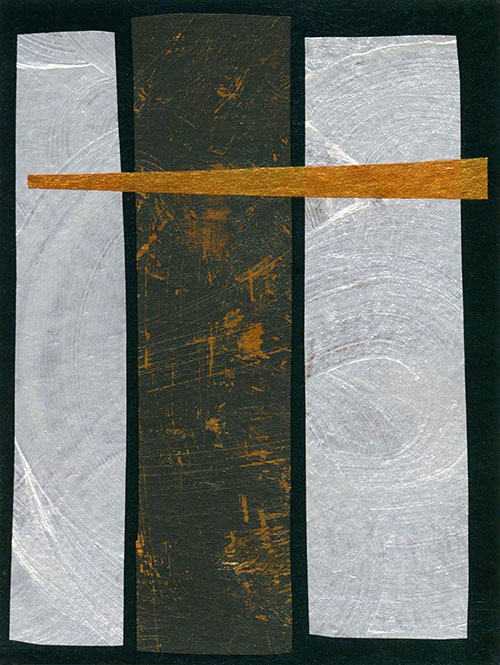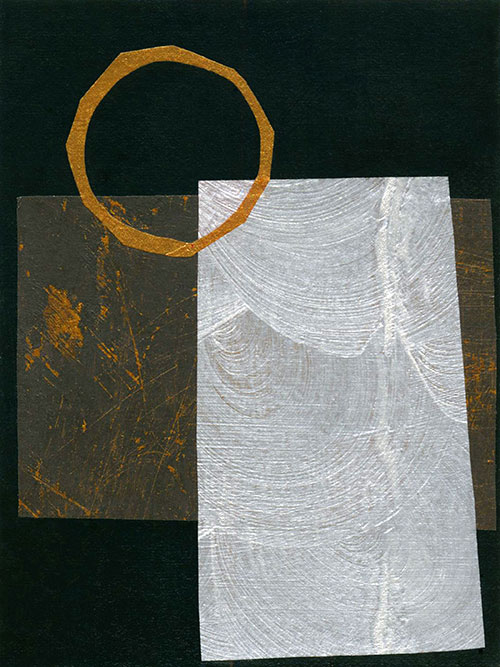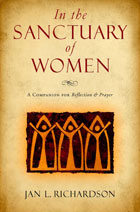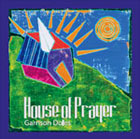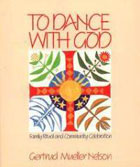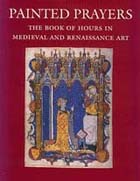 Image: Holy Saturday II © Jan Richardson
Image: Holy Saturday II © Jan Richardson
Reading from the Gospels, Holy Saturday:
Matthew 27.57-66 or John 19.38-42
Holy Saturday is not a day for answers. It is a threshold day, a day that lies between, and so resists any easy certainty. It is a day of waiting, of remembering to breathe, of willing ourselves to turn to one another when grief lays hold of us.
—from Holy Saturday: A Day Between
The Painted Prayerbook, March 2008
Just in case the days have blurred together, it’s Saturday, she writes. I thought you might not know that.
On the day I receive these words in a message from my friend Peg, I am in a hospital room, keeping vigil for Gary. It has been nine days since the surgery from which he will never wake. It is, as it turns out, the halfway point of our vigil.
It’s Saturday.
On that day, Peg’s words arrive as a gift, something solid amid the wrenching fear and aching hope. On that threshold, her words remind me to breathe, to remember that others are breathing with me, and with Gary; that we are not alone.
It’s Saturday.
We have journeyed far in this season of Lent. We have, most likely, carried our own fears and hopes as we’ve traveled through the wilderness spaces of these past weeks. Lent generates its own field of intensity, one that seems only to quicken as we move through Holy Week, with its wild mix of celebration and grief.
And so I am here to give you the words Peg gave to me:
It’s Saturday.
If we have grown weary in this season. If we have become overwhelmed. If we are living with fear or anxiety or worry about what lies ahead. If the swirl of Holy Week has become intense. If time is moving strangely. If grief has been a traveling companion. If the ground beneath us has given way. If resurrection seems less than certain.
It’s Saturday.
This is the day that calls us to breathe. This is the day that invites us to make a space within the weariness, the fear, the ache. This is the day that beckons us to turn toward one another, and to remember we do not breathe alone.
It’s Saturday.
* * *
For this day, I’ve gathered up a collection of the reflections I’ve written for Holy Saturday across the past decade. In the waiting, in the vigil, may you be blessed.
Holy Saturday: Vigil
Holy Saturday: In the Breath, Another Breathing
Day 40/Holy Saturday: Therefore I Will Hope
Holy Saturday: The Art of Enduring
Holy Saturday: A Day Between
Using Jan’s artwork
To use the image “Holy Saturday II,” please visit this page at janrichardsonimages.com. (This is also available as an art print. After clicking over to the image’s page on the Jan Richardson Images site, just scroll down to the “Purchase as an Art Print” section.) Your use of janrichardsonimages.com helps make the ministry of The Painted Prayerbook possible. Thank you!
Using Jan’s words
For worship services and related settings, you are welcome to use Jan’s blessings or other words from this blog without requesting permission. All that’s needed is to acknowledge the source. Please include this info in a credit line: “© Jan Richardson. janrichardson.com.” For other uses, visit Copyright Permissions.
